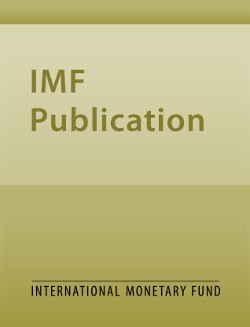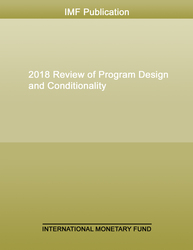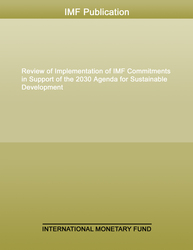
Making Public Investment More Efficient
Public investment supports the delivery of key public services, connects citizens and firms to economic opportunities, and can serve as an important catalyst for economic growth. After three decades of decline, public investment has begun to recover as a share of GDP in emerging markets (EMs) and low income developing countries (LIDCs), but remains at historic lows in advanced economies (AEs). The increase in public investment in EMs and LIDCs has led to some convergence between richer and poorer countries in the quality of and access to social infrastructure (e.g., schools and hospitals), and, to a lesser extent, economic infrastructure (e.g., roads and electricity).
However, the economic and social impact of public investment critically depends on its efficiency. Comparing the value of public capital (input) and measures of infrastructure coverage and quality (output) across countries reveals average inefficiencies in public investment processes of around 30 percent. The economic dividends from closing this efficiency gap are substantial: the most efficient public investors get twice the growth “bang” for their public investment “buck” than the least efficient.
Publication date: January 2015
ISBN: 9781498344630
$0.00
Add to Cart by clicking price of the language and format you'd like to purchase
Available Languages and Formats
| English |
Prices in red indicate formats that are not yet available but are forthcoming.
Topics covered in this book
This title contains information about the following subjects.
Click on a subject if you would like to see other titles with the same subjects.
PPPs , public investment , PIM , investment performance , investment management
Summary
Copyright © 2010 - 2025
Powered by:
AIDC



